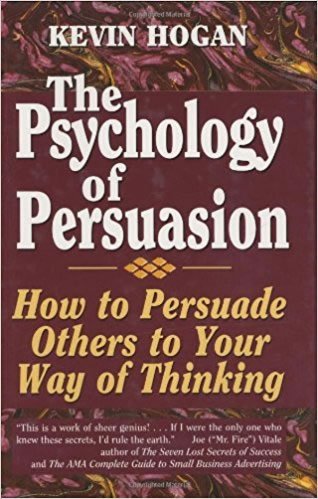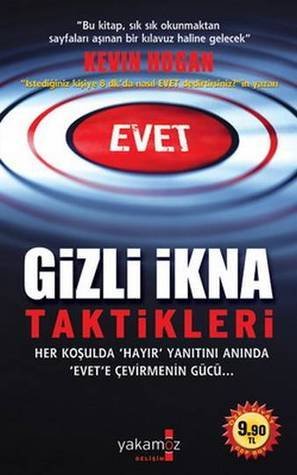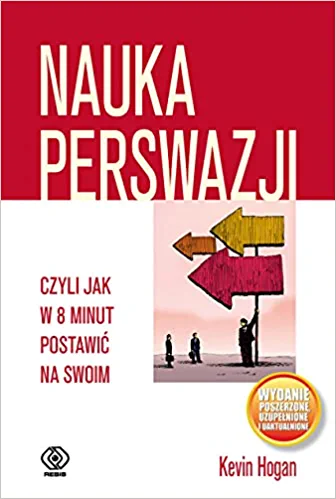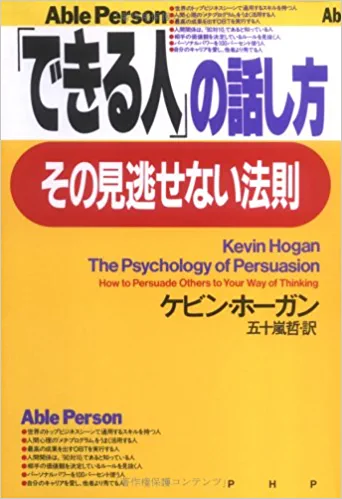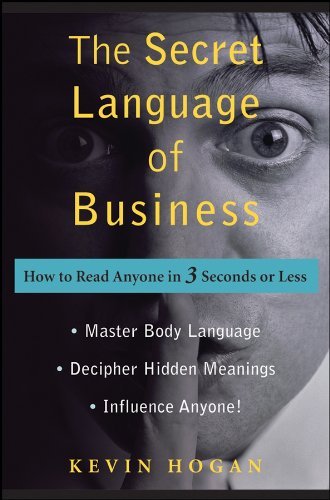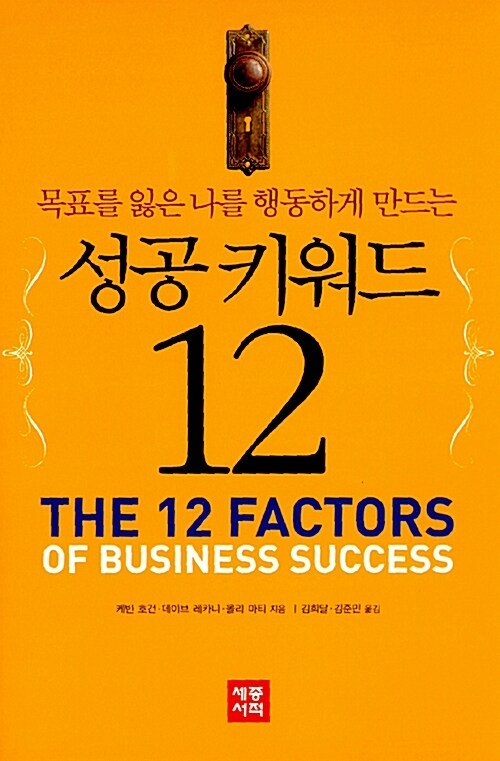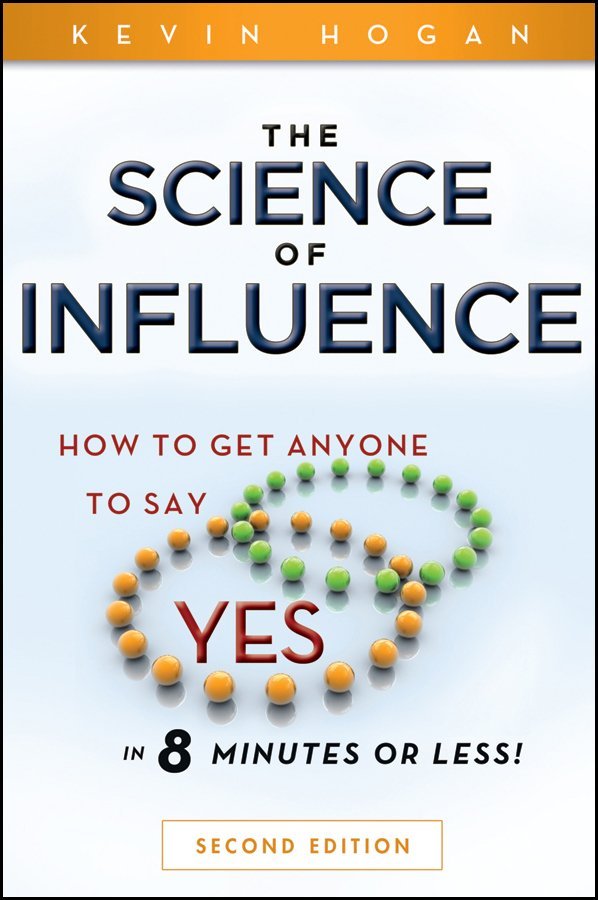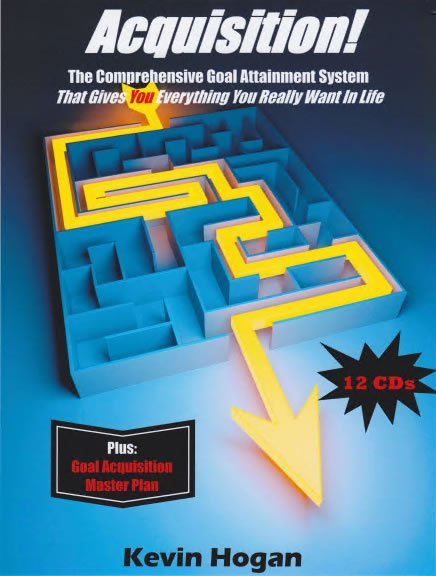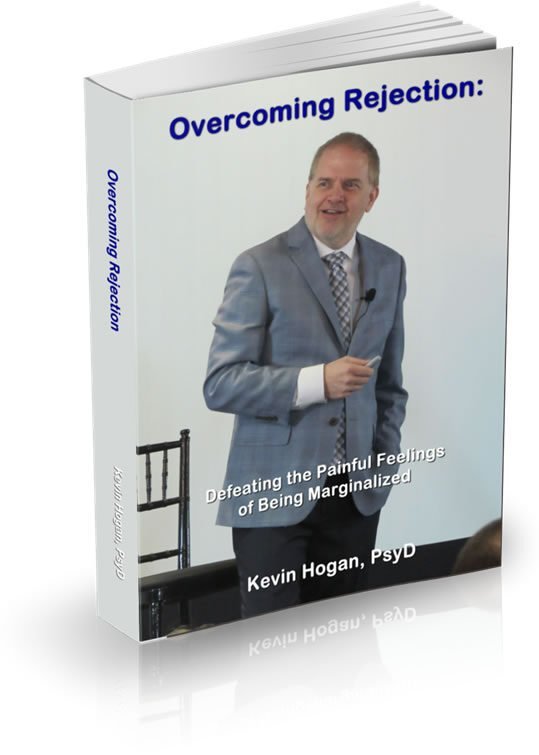Memory Research Shows Us How to Persuade
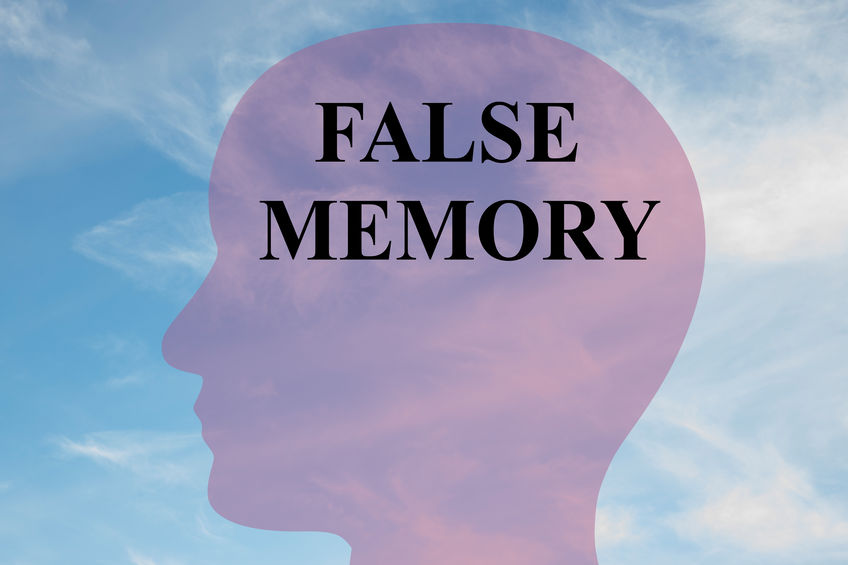
I was one of four math whiz kids growing up on the north side of Chicago.
We competed against hundreds of other kids from other schools, maybe there were 1000, I don’t recall.
The event organizers of the math competition listed the placing of the winners in reverse order, starting with #10. My memory is that it went like this, “And in third place, Jack Young. (applause for one of the future greatest chess players in history.) In second place Carl Jacobs, (applause for one of the real successful entrepreneurs), in first place Mike Caplan (applause for the future meteorologist for Chicago TV ABC/Fox). And I clearly remember feeling really down. I honestly didn’t think anyone was better than I was at math. I literally could compute faster than a calculator and did in demonstrations. “And tied for first place, Kevin Hogan.” And I was soooo excited. I got a tiny little trophy which I kept in my bedroom forever. Snoopy on his dog house with a plaque below saying something about math contest winner.
Years later I have talked with my trio of friends on different occasions and have discovered that each of them remembers me winning and that they were the person who tied for first place. Carl and I didn’t even remember the grade the same. He remembered us as being older than I remember. But he remembers being tied for first place. So does Mike (and that’s how I remember it, thank god I had a trophy).
We all remember that experience differently. And obviously it’s not important today though I’ve never shared with Carl or Mike that they both thought they tied for first when only one of them did. And Carl and I differed by 4 years in which grade we were in when this contest took place!
This is an outstanding example of False Memory. The question of course would be whose false memory? Which grade did the contest happen in? We have different answers. Which two of the four won? We have different answers. Someone is wrong. Only one person could have the right memory! And these people in 2022, probably have told this cute story to their friends and wives over time as I have. And if we ever were all together in the same room again, I imagine there would be an argument. When you remember something, you certainly don’t remember being wrong about your memory. It’s almost impossible to cause a person to “change their opinion” about their memory of an event.
Here’s what’s spooky. All humans remember many, many things that never happened. You remember stuff that other people will tell you never happened or happened in a completely different way. How much of what you remember is “real?” The answer will scare you and today’s article is about False Memory and Persuasion. The first thing I think of when I tell this story is Slime. I’ve told this story at live events many times, I hope you remember it!

Evaluate this:
Forty-five first year psychology students were told three stories about their grade-school experiences and asked about their memories of them. Two of the accounts were of real grade three to six events recounted to the researchers by the participant’s parents. The third event was fictitious, but also attributed to the parents. It related how, in grade one, the subject and a friend got into trouble for putting Slime (a colourful gelatinous goo-like toy made by Mattel that came in a garbage can) in their teacher’s desk.
The participants were encouraged to recall the events through a mix of guided imagery and “mental context re-instatement”–the mental equivalent of putting themselves back in their grade-school shoes. Half of the participants were also given their real first grade class photo, supplied by their parents.
Question One: Estimate the percentage of students who literally believed the Slime story to be true in the groups where there was no class photo.
a) 3% b) 9% c) 14% d) 20% e) 25%
Question Two: Estimate the percentage of other students studied who literally believed the Slime story to be true in the groups where there was a class photo shown to the students.
a) 16% b28% c) 45% d) 58% e) 67%
Answers?
The mere suggestion of the Slime incident (Question 1) attributed to the parents caused 25% of the people to believe it actually happened. That is rather amazing, but consistent with what we have believed about suggestibility.
In the group where the individuals were told the same exact story but also shown the class picture from a few years earlier, 67% of the students believed the fictional story about themselves to be absolutely true.
2/3 of all people believed the fictional story to be true. Why more than the 25% in the other groups? Because their was a class photo which apparently helped stimulate some creative story-telling in the brain.
And that photo is the key. It creates a memory context that is 100% certain. (It’s a class photo from a previous year and the person is in the photo!)
“The false memories were richly detailed,” says Dr. Lindsay, whose research focuses on memory and who co-authored the paper with a team from the University of Victoria and the Victoria University of Wellington, New Zealand.
Of those who claimed to remember the Slime event, most did so with just as much confidence as for the two real events.
When asked which of the events didn’t really happen, all but three of the participants said it was the Slime event. Even so, the fact that it was concocted elicited surprised reactions, including the comment, “No way! I remembered it! That is so weird!”
Dr. Lindsay attributes the remarkably high rate of false memory to several factors. These include the plausibility of the Slime scenario (including that a friend was involved), the confidence inspired by the skilled and outgoing interviewee Lisa Hagen, a former student and co-author on the paper, and the role of the photo as both a memory prod and seemingly corroborating piece of evidence.
“The findings support the general theoretical perspective that memories aren’t things that are stored somewhere in your head,” says Dr. Lindsay. “Memories are experiences that we can have that arise through an interaction between things that really have happened to us in the past and our current expectations and beliefs.”

Ramifications: Startling. The mere presence of a tangential (not even corroborating) piece of information (the class photo from 2-5 years before the Slime event was supposed to have taken place) causes the majority of the individuals to believe a complete fabrication about their own past.
This not only confirms previous research that has been done in the past, but it does it all one better. That extra little visual piece of evidence which links the person to the past (false) “experience,” makes it all very real indeed.
The same thing is true in your life about hundreds of things.
And the same is true of your clients! The mere suggestion of something that happened to you…or your client “verified” by a “supporting” piece of “evidence” can cause the immediate creation of an utterly false memory…and what shapes beliefs? You got it.
This would be similar to someone showing you a photo taken for a Christmas card in your family, and then someone tells a story about you. The mere suggestion combined with a literally irrelevant picture can change the landscape of your mind…just like that.
What does this mean for persuasion and even relationships?
I think this is one of the crucial finds of the last decade, and few will see its relevance in persuasion.
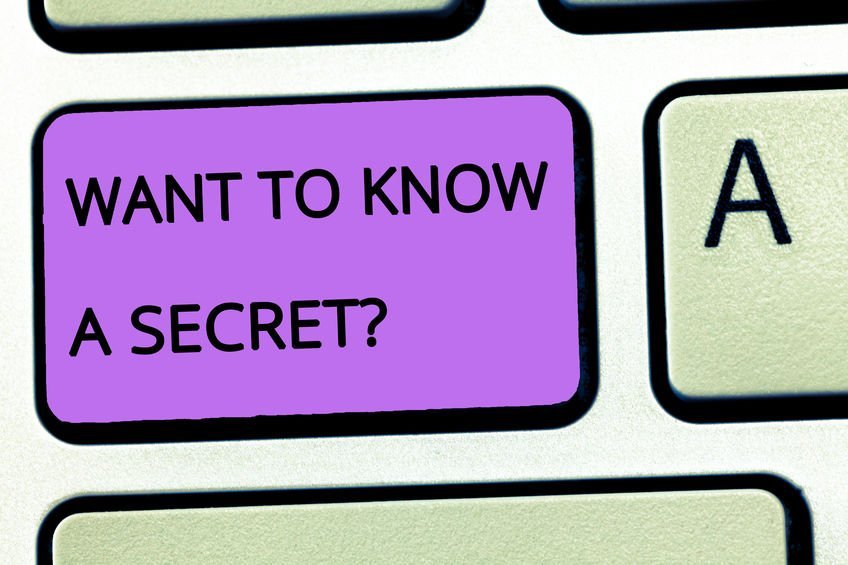
I advise people I work with in any capacity to never say anything bad about the person they live with…to anyone. (In fact this is a family rule as well.) Why? The person you tell this information to has a very limited landscape of your reality. Now you create it for them and the relationship between you and the future gossiper will never be the same. Rare events become a way of life. Occasional annoyances become the norm of your life in the mind of the other person. So what?
Each time they communicate with you, they then literally change your memory about your life. Your history. Your relationships. Your experience. Your experience is no longer what it was, but a sum of the conversations you’ve had with others about your life. That could be a good thing if you follow “the rule”…it could be devastating if you break it.
So, the first thing you must realize is that your client believes many things about themselves and other people which simply aren’t true…Again these could be constructive beliefs or destructive beliefs.
The power of suggestion combined with tangential “evidence” is enough to cause someone to believe something ridiculous or even bizarre…something you wouldn’t have thought possible.
The brain is completely malleable as far as memory is concerned. I’ve written dozens of articles about this. But now…it is evident that it the brain and memory are even more changeable (and much easier to instantly change) than I frankly, every speculated.
The customer tells you anything. Any story. Realize that true or false, they believe it and if it is FALSE they typically believe it with greater certainty than if it is real.
Realize that any “evidence” they show you to support their story will make it much more vivid in their mind, even if the picture/document has NOTHING to do with the memory.
You’ve had the experience many times where someone confirmed something you said about something you “remembered” and you said, “oh yes! I remember now…..” and perhaps it did happen and perhaps not. The external “cue” can make something seem to be “true” but realize that person/photo/document means nothing.
Now, back to dealing with your clients fallacious memories about your company or you. Be prepared to have photos or video, supporting documents or letters that “verify” that what you are going to share is in indeed true, incredibly useful and accurate. Those supporting documents (even as simple as a photo of the building you work at…which I’m sure you have noticed as some kind of credibility builder in many people’s ads…will add to your story…if you get it out first, or to theirs if they see the photo and then attach it to their fallacious beliefs.)
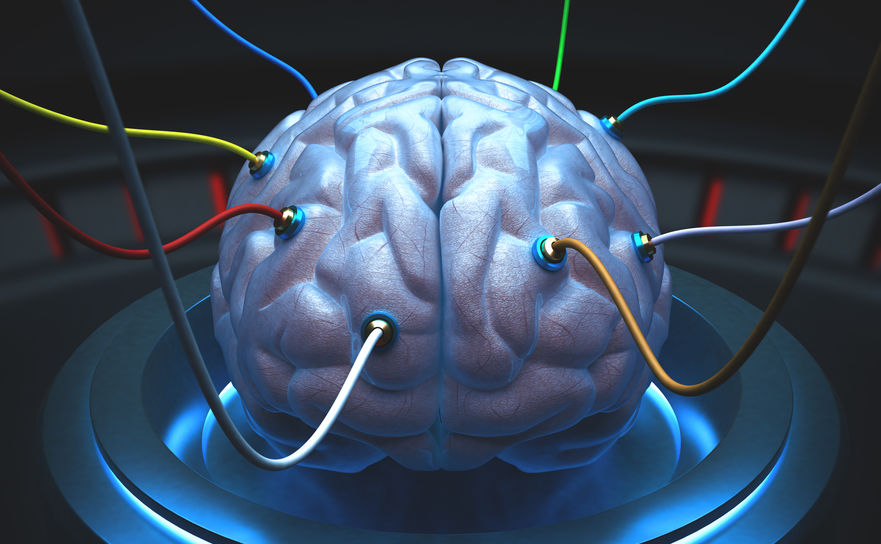
The new model of presenting information demands a very well thought strategy doesn’t it? Each environmental cue will change their memory as you move through your communication. New information will be shuffled with the old and an entirely new picture will indeed emerge.
You need to make sure that picture is favorable…and it doesn’t take much does it?!
Now think:
- How are you going to avoid the instantaneous negative review your potential client wants to share with you?
- Can you communicate something with an image or supporting document briefly that will unhook that memory?
As soon as they say something unfavorable and connect it with your face, your office, your product…you are sunk.
Best to take 20 seconds and fix this possibility before it is unrepairable.
Have you ever seen someone get in an argument with someone else and they use a diary or journal to prove that whatever happened really happened? If you’ve been with me for long, you know that that journal or diary is just as likely to be incorrect in facts as is the person’s memory 10 years later. Why?
People tend to write about emotional events and when this is the case, the hippocampus doesn’t store all information…in fact it stores less information but that which it does keep is volatile, easily brought to conscious and just as likely to be correct as it is incorrect. The same is true with a “memory” 10 years in the future.
The person’s FEELING will always be the first sorting factor in what a memory will become. This is why I tell people to walk through what their feelings are saying and move completely through it to accomplish your goal. Otherwise, you become fat, smoke more cigarettes and do everything else your feelings tell you to do. Scary huh?
One picture with one story, true or not, can create a complete memory with a complete set of feelings attached to it. That set of feelings can trigger an entire set of behaviors and actions.
Little known fact: Your online medical record and hard copy medical file with your general practitioner should contain a photo of you. If it does, your future diagnoses are more likely to be accurate.
Suggestion and Memory
Suggestions of past events that never happened continue to build business for advertisers, particularly on television.
Key Point: The very idea of bringing a person to an event in their memory is so powerful that as often as 2/3 of the time the person remembers that event to be true…even if it never happened…or could not have happened.

When asking someone such a question, you literally begin the formation of a new, “synthetic” false memory. The imagination kicks in, constructs what the event must have been like, and then as time goes on, it becomes more difficult to discern whether the “event” was real or imagined.
More specifically, numerous memories (“real” and “imagined”) come together to create an answer to the question, along with the picture generated by the question itself.
This is one reason that someone might tell a story about an event that happened to themselves; when in reality, they heard it from someone else. It COULD have happened to them and it fit their circumstances…and then slides right into the person’s history.
More Applications?
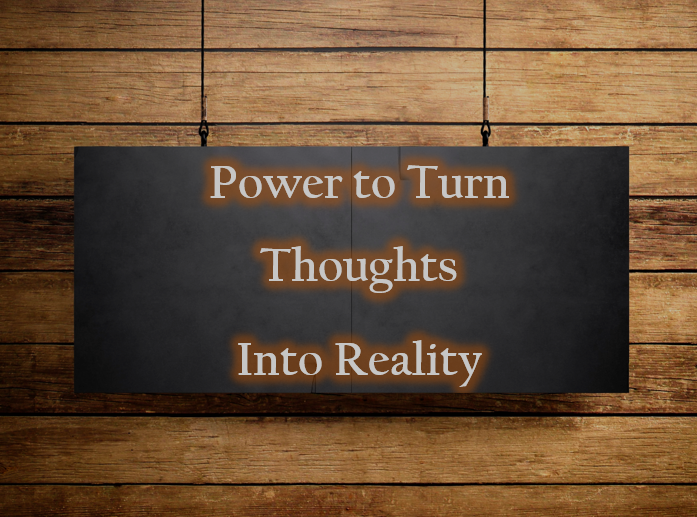
For advertisers, (as Coca Cola and other advertisers that use nostalgia in marketing have discovered) this powerful information directly causes sales. “I’ve bought this in the past, enjoyed it, I’ll buy it now.”
For therapists, power doesn’t begin to describe the possibilities.
For salespeople, the same.
What about questions? Do they have effect on memory?
Simple Questions Can Trigger New “Memories”
Wouldn’t it be great if your coach could say, “I bet you had a time in the past when you were confronted with X and you figured out that the best way to overcome it was Y.” That’s all it takes to recreate part of someone’s personal history in about half of all people. If the client isn’t registering this event, they will register the next one.
Clearly, simple questions can trigger new memories and those “new memories” will influence the attitudes and beliefs of the person.
“Did you find that steak was as good as it has been in the past?”
vs.
“How did you like the steak?”
The first question will yield more memories of good steak and beliefs and attitudes about the future of steak eating than the second.
Memories and Selling/Influence
How memories form, which often cause feelings and emotions, can certainly be an incredibly powerful selling skill, and can also be a disaster in relationships, as you can well imagine!
False memories are the controversial subject of hotly contested arguments about the validity of repressed memories that can surface years after a traumatic event and about the credibility of eyewitness accounts in criminal trials.
Because memories are imperfect and almost always inaccurate in numerous details- under ordinary circumstances — forming, storing and retrieving them, with great variations in factors influencing those processes — it is unlikely that a one-answer-fits-all will settle those controversies soon.
The Research
But a group of researchers from various disciplines at Northwestern University literally have peered into the brain to offer new evidence on the existence of false memories and how they are formed.
Published in the Journal of Psychological Science, the new study used MRI technology to pinpoint how people form a memory for something that didn’t actually happen.
“Our challenge was to bring people into the laboratory and set up a circumstance in which they would remember something that did not happen,” said Kenneth A. Paller, professor of psychology and co-investigator of the study. (Brian Gonsalves, who was a doctoral student of Paller’s and who now is a post-doctoral fellow at Stanford University, is the first author of the paper.)
“We measured brain activity in people who looked at pictures of objects or imagined other objects that we asked them to visualize. Later we asked them to discriminate what they actually saw from what they imagined,” Paller said.
Extending upon considerable Northwestern research on what happens in the brain when people remember versus forget, the researchers were interested in what happens differently in the brain when false memories are produced.
What did the research show?
What Was Learned?
“We learned that the particular parts of the brain critical for generating visual images are highly activated when people imagine images such as those we presented to our study participants,” said Paller
Many of the visual images that the subjects were asked to imagine were later mis-remembered as actually having been seen.
“We think parts of the brain used to actually perceive an object and to imagine an object overlap,” said Paller. “Thus, a vividly imagined event can leave a memory trace in the brain that’s very similar to that of an experienced event. When memories are stored for perceived or imagined objects, some of the same brain areas are involved.”
Take a real-life example in which a police interrogator asks if you saw a particular person at a crime scene. That induces putting that person in your imagination and possibly corrupts later questioning.
“Just the fact of looking back into your memory and thinking about whether an event happened is tantamount to imagining that event happening,” Paller said. “If I ask you if something happened, you imagine it happening. Later on — a day or a year later — if I ask about that event, you have the tough judgment of deciding what happened and what was imagined.”
How Fallible is Memory?
It is important to know that memory is fallible, Paller said. “We know that we forget quite a bit, but we’re not always in touch with the idea that our memories can sometimes can be misleading.”
For this procedure of measuring brain activity, people lay down in an MRI machine as they looked at a screen with a series of words, all concrete nouns, and pictures, and they wore head phones to hear what was being said. They were instructed to generate a visual image corresponding to each object that was named. For half the words, a photographic image of the object was presented. The subjects were told to make no response to photos, but only to look at each one while waiting for the next word.
They were told to make a size judgment about the objects they were to imagine. For example, if the word was cat, they were told to imagine the cat and decide if a cat is generally bigger or smaller than a video monitor.
The memory test was administered outside the scanner and began approximately 20 minutes after the scanning. Subjects heard a randomly ordered sequence of spoken words. One-third corresponded to photos they had seen, one-third to objects they had only imagined and one-third they had neither seen nor imagined. For each word, subjects decided whether or not they had viewed a photo of the named object during the study phase.
How the Brain Responds
Three brain areas (precuneus, right inferior parietal cortex and anterior cingulate) showed greater responses in the study phase to words that would later be falsely remembered as having been presented with photos, compared to words that were not later mis-remembered as having been presented with photos.
The words leading to false memories also tended to be slightly more concrete, on average, than those that did not. Presumably, people could generate a visual image more easily for the more concrete words.
“At any rate, the remarkable finding is that brain activity during the study phase could predict which objects would subsequently be falsely remembered as having been seen as a photograph,” Paller said.
The flip side is that memory for viewed photographs was often correct. People gave many correct responses for objects they indeed viewed. Brain activity produced in response to viewed pictures and measured with functional MRI also predicted which pictures would be subsequently remembered. Two brain regions in particular — the left hippocampus and the left prefrontal cortex — were activated more strongly for pictures that were later remembered than for pictures that were forgotten. These two brain areas have previously been understood to play a central role in memory.
The new findings directly showed that different brain areas are critical for accurate memories for visual objects than for false remembering — for forming a memory for an imagined object that is later remembered as a perceived object. The neuroanatomical evidence furthermore sheds light on the mental mechanisms responsible for forming accurate memories versus false memories.
How Does “False Remembering” Happen?
“In the case of the false remembering emphasized here, the false memories were created when vivid visual imagery was engaged and a mental image was produced,” Paller said. “These mental images left a trace in the brain that was later mistaken for the trace that would have been produced had that object actually been seen.“


